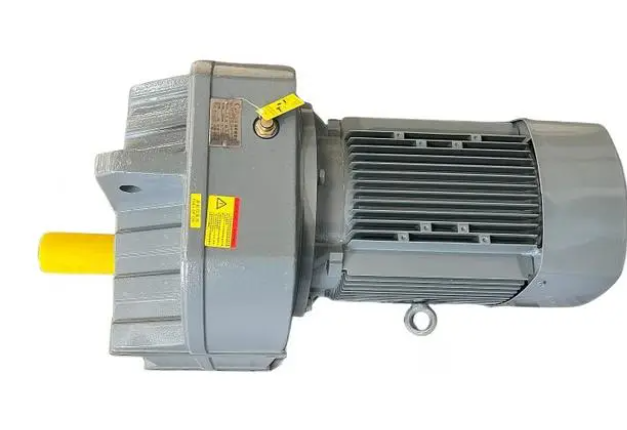Fatigue life analysis and optimization strategy of high-speed gear shaft of converter reducer

In modern industrial production, converter reducers are one of the important mechanical equipment widely used in industries such as steel and metallurgy. The high-speed gear shaft plays a crucial role in the stable operation and work efficiency of the equipment. However, as the load increases and the operating time prolongs, the fatigue life of the component gradually becomes an important issue for production safety and economy. Therefore, in-depth analysis of the fatigue life of the high-speed gear shaft of the converter reducer is of great significance for improving the reliability of the equipment and extending its service life.
1、 Basic structure and working principle of converter reducer
The converter reducer is mainly composed of an electric motor, a reducer, a gear system, and an output shaft. Its working principle is to drive other mechanical components to complete the production process by rotating the electric motor, reducing the speed through a reducer, and transmitting power to the output shaft through a gear system. During this process, the gear shaft is subjected to continuous mechanical loads, especially during high-speed operation, where the risk of fatigue failure of the gear shaft significantly increases due to friction, impact, and other effects.
2、 Factors affecting fatigue life
The fatigue life of the high-speed gear shaft of the converter reducer is affected by various factors, including material characteristics, design structure, working environment, etc. The following is a detailed analysis of several main factors:
1. Material characteristics: The fatigue life of gear shafts is closely related to the physical properties such as strength, toughness, and hardness of the material. High speed gear shafts made of high-strength alloy steel exhibit superior fatigue resistance when subjected to high loads.
2. Design structure: The design parameters such as tooth profile, tooth width, number of teeth, and shaft diameter of the gear all affect its fatigue life. Scientific and rational design can not only improve the contact strength of gears, but also reduce stress concentration and extend fatigue life.
3. Working environment: Severe working environments such as high temperature, high humidity, and dirt can accelerate the fatigue wear of gear shafts. In addition, prolonged overload operation can cause temperature rise, leading to material annealing and further affecting its performance.
4. Lubrication state: Good lubrication can effectively reduce friction between gears, lower temperature, and improve transmission efficiency. Regular inspection of the quality and quantity of lubricating oil, timely replacement of inferior oil products, can significantly extend the service life of high-speed gear shafts.
3、 Methods of fatigue analysis
In order to accurately evaluate the fatigue life of the high-speed gear shaft of the converter reducer, the following analysis methods are usually used:
1. Finite Element Analysis (FEA): By using finite element software to perform mechanical analysis on gear shafts, it is possible to accurately calculate the stress distribution under different working conditions and identify potential fatigue failure locations.
2. Fatigue testing method: Materials are tested through laboratory fatigue tests to establish fatigue life curves, allowing engineers to evaluate fatigue life by comparing and analyzing actual working conditions with laboratory conditions.
3. Finite element method and spectral analysis method: By using the finite element method to construct a mathematical model of the gear shaft and combining it with the spectral analysis method, we can gain a deeper understanding of the impact of periodic loads on fatigue life, providing a basis for fault prediction.

